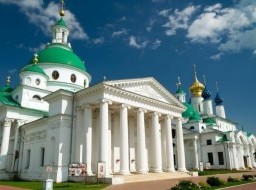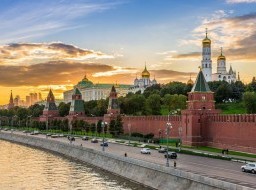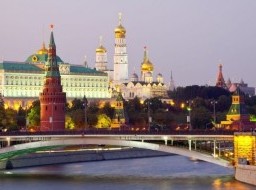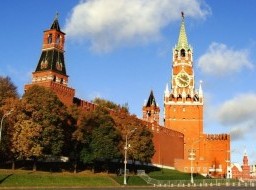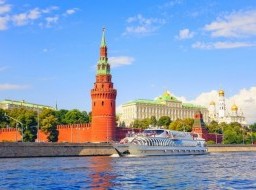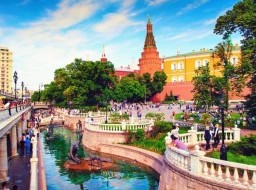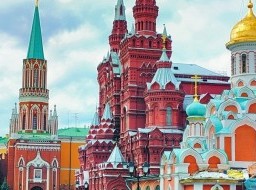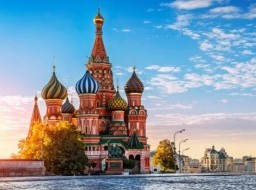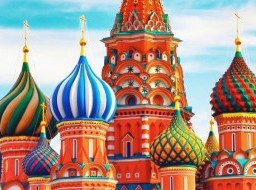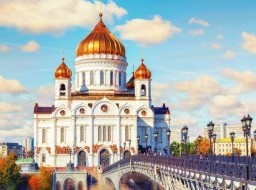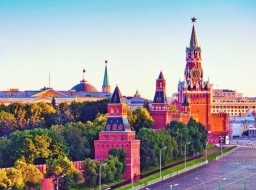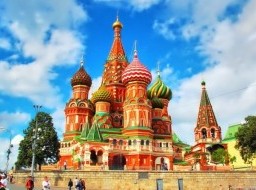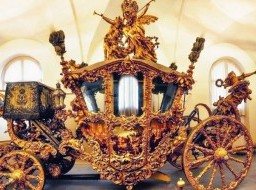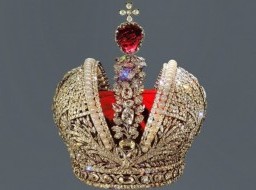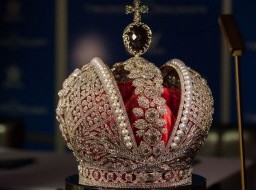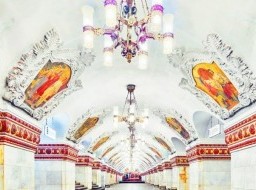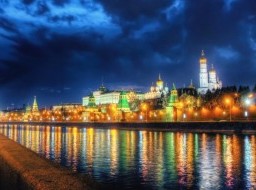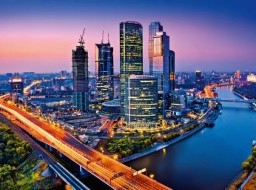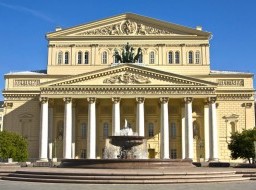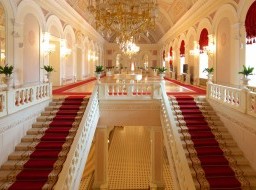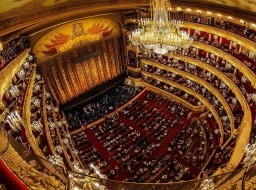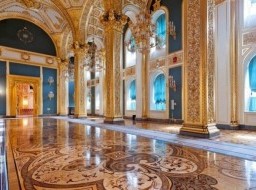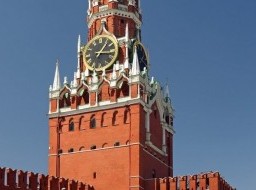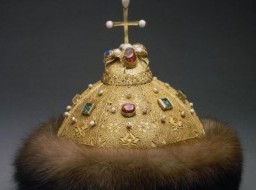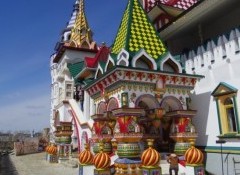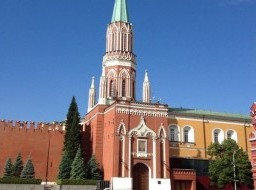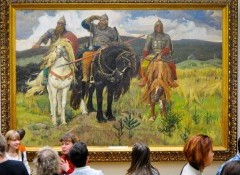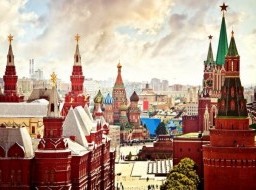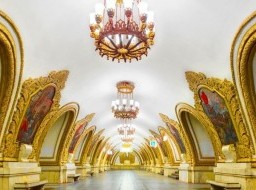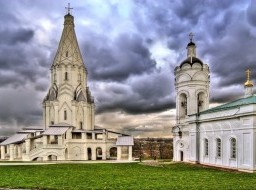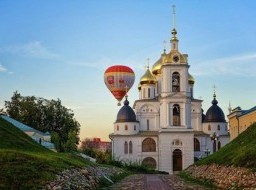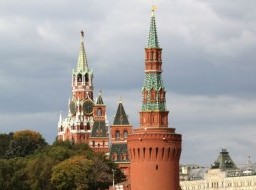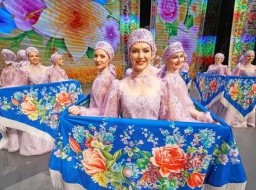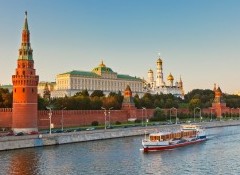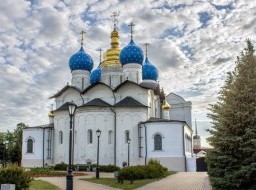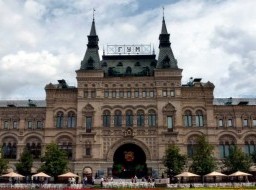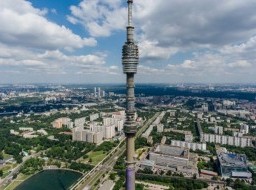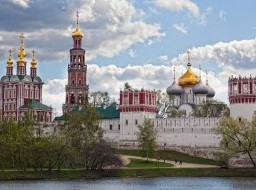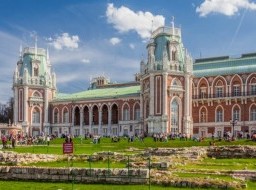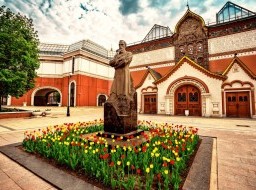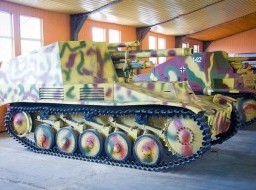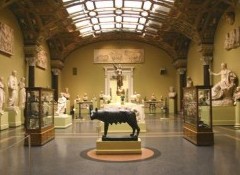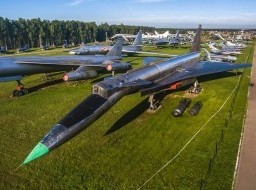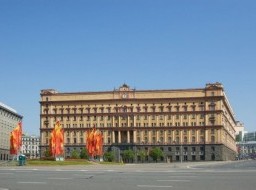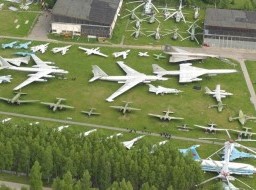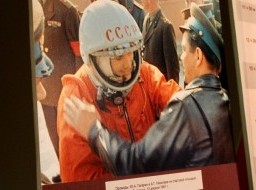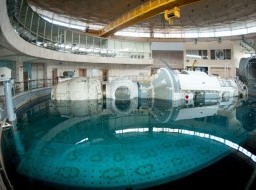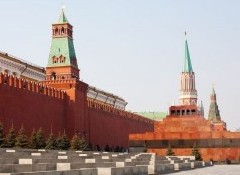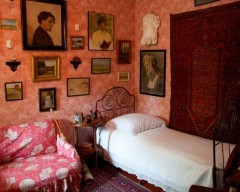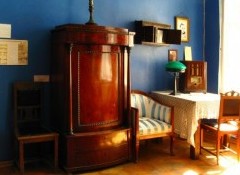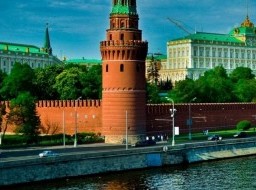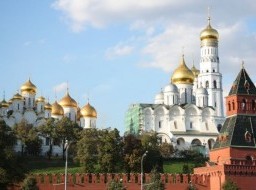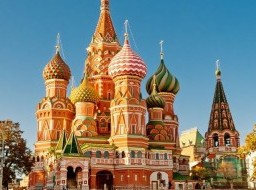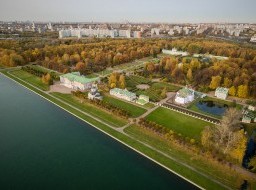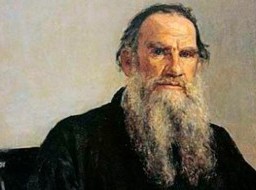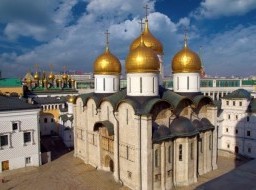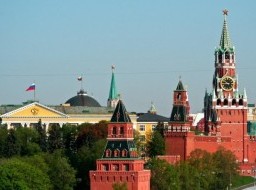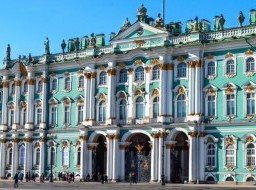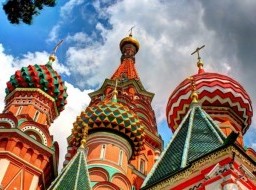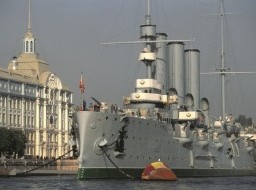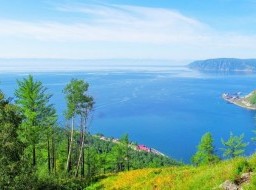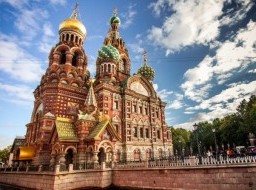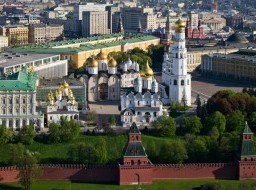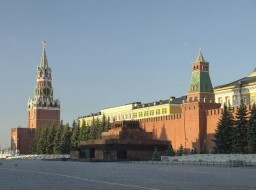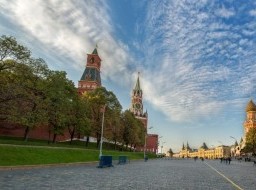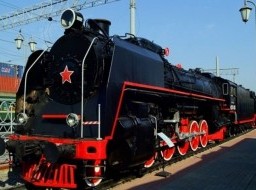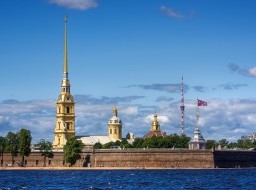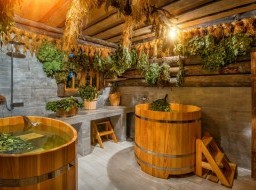Tverskaya Street
Tverskaya Street is a central Moscow street as well as one of the oldest ones. According to certain historical data, Tverskaya Street already existed in the 12th century. Russian Monarchs entered Moscow through this street. It is hard to believe today but Moscow started where Tverskaya Street did. Moscow’s best buildings, hotels, and shops were built here. Tverskaya Street is one of Moscow’s most expensive trade streets. It is also a nightlife and entertainment centre. 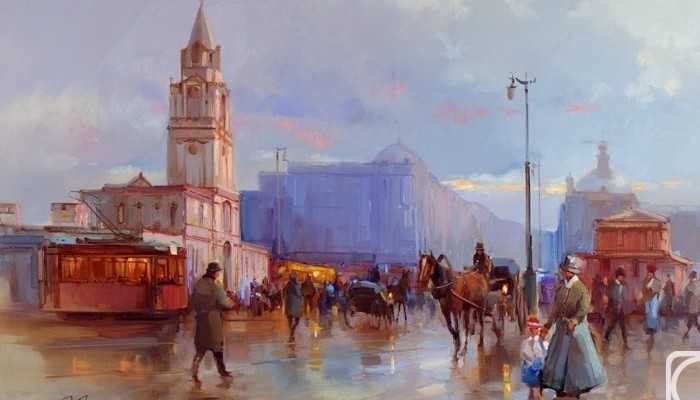 Tverskaya Street Tverskaya Street is Moscow's main artery and the most luxurious area during the Russian Empire epoch. It has long been considered a benchmark for luxury and prestige. In the 14th century, it was a trade road from the Kremlin to Tver - one of the most important and influential cities at that time. The first name of the street was Tsarskaya ("Tsar's"), as already by the 17th century it became the main street of the Russian capital. Of course, central and extremely prestigious location attracted the highest class of nobility; Tverskaya of the 18th century was the street of sumptuous palaces and estates built by Catherine the Great's grandees. The 19th century added the firm spirit of commerce to the charming atmosphere of aristocracy: various luxury shops, confectioneries, boutiques, fashionable hotels and restaurants spread along Tverskaya. Many innovations in Moscow started from Tverskaya Street, though not all of them were beneficial to the ancient capital and its culture. It was completely reconstructed in the 1930s. In 1932, the street was named after Maxim Gorky, a proletarian writer. This was a present from the Stalin government made during the writer's lifetime. Soon, Tverskaya Street obtained a tragic fate; it was the first street reconstructed according to the infamous master plan of the socialist reconstruction of Moscow. Subsequently, it lost not only its original name, but its personality. This was the result of Lazar Moiseyevich Kaganovich's (a powerful "architect of socialism") vision. Some erections were built up a little, smartly moved deeper into the courtyards, and, if necessary, even carefully rotated. But nevertheless, many buildings were simply demolished (not a single church survived on Tverskaya), and the appearance of the street completely changed: it became wide and airy, but too straight and boring, built up with typical grey houses. It is from Tverskaya Street that capitalism began to encroach on Russia. It is here near the site of the National Hotel that the first "fartsovshiki" (illegal street vendors) started their risky business of swapping Russian matryoskha dolls for US-made jeans, and it is here that dollars were traded for rubles under the table. A certain "face of the city", now it brilliantly reflects the mixed and controversial "soul" of 21st-century Moscow, full of modern western innovations and still firmly basing on the ancient roots. Tverskaya has a limited number of residential buildings; therefore, the prices for living here are very high. The modern Tverskaya remains the most important commercial, business and cultural street of the capital, with the most expensive and luxurious hotels being located here: the Ritz-Carlton, the Marriott, the Sheraton, etc. At the corner of Mokhovaya and Tverskaya one can see "National" hotel, one of the best examples of Russian Art Nouveau. State Duma (Parliament) stays right opposite "National", at the corner of Tverskaya and Okhotny Ryad. Former building of the Soviet Ministry of Labour and Defence, it provides a brilliant example of transfer from Constructivism to the Soviet neoclassic style. Its characteristic feature is abandonment of any decoration, because the edifice should be beautiful of its own accord. 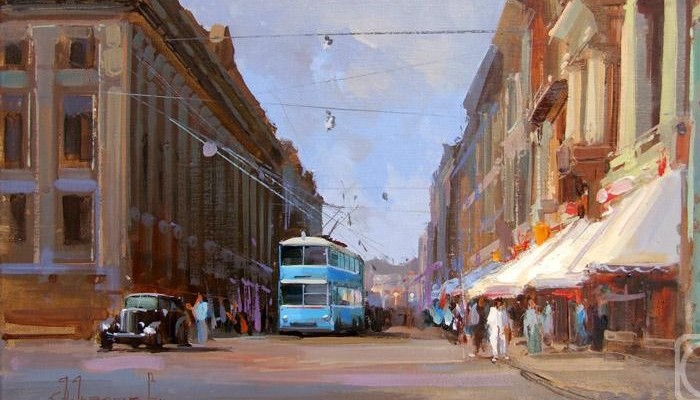 Tverskaya Street Another sumptuous building on Tverskaya, Moscow Central Telegraph (architect I. Rerberg), possesses the status of an architectural monument and historical - Revolution of 1917 in Moscow started by taking the Central telegraph. The building No 9 on Tverskaya designed by the architect Zhukov is faced with granite captured from the Germans in December 1941. The Fascists had brought the granite to Moscow from Finland to erect a monument to their supposed victory in the centre of Russian capital. Then they, already as prisoners of war, faced the building with that granite themselves. The Moscow City Administration was built in 1770 by Matvey Kozakov, famous master of Moscow Classicism. Former residence of Moscow governor-generals, after the revolution it housed the Moscow Council (Soviet). During the reconstruction of 1935 the building was moved 13 meters back and two more stores were added. In front of the City Administration there is Tverskaya square with a monument to Prince Yury Dolgoruky, which has become a symbol of Moscow. The house No 14 was also created by Matvey Kozakov. The "Palace on Tverskya" belonged to Zinaida Volkonskaya, a beautiful and intelligent woman, who established a very popular literature salon here. In 1898 powerful merchant Grigory Eliseyev bought the house, reconstructed and opened as "Eliseyev's Store and Wine Cellar of Russian and Imported Wines." 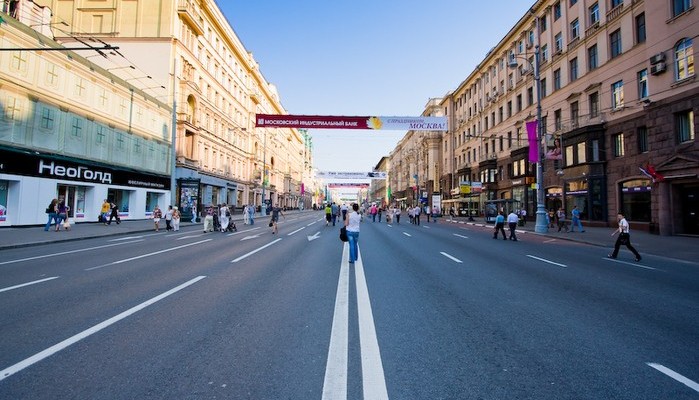 Tverskaya Street One of the oldest buildings on Tverskaya is a luxurious classicistic one behind the fence with lions. Built in late 18th century, this mansion of earls Kheraskov and Razumovsky from 1831 to 1917 housed the Moscow English club, and now the State Museum of Contemporary History of Russia is located here. Tverskaya Street is the most expensive shopping street in Moscow and Russia. It is the center of the city's nightlife and entertainment. |
|
